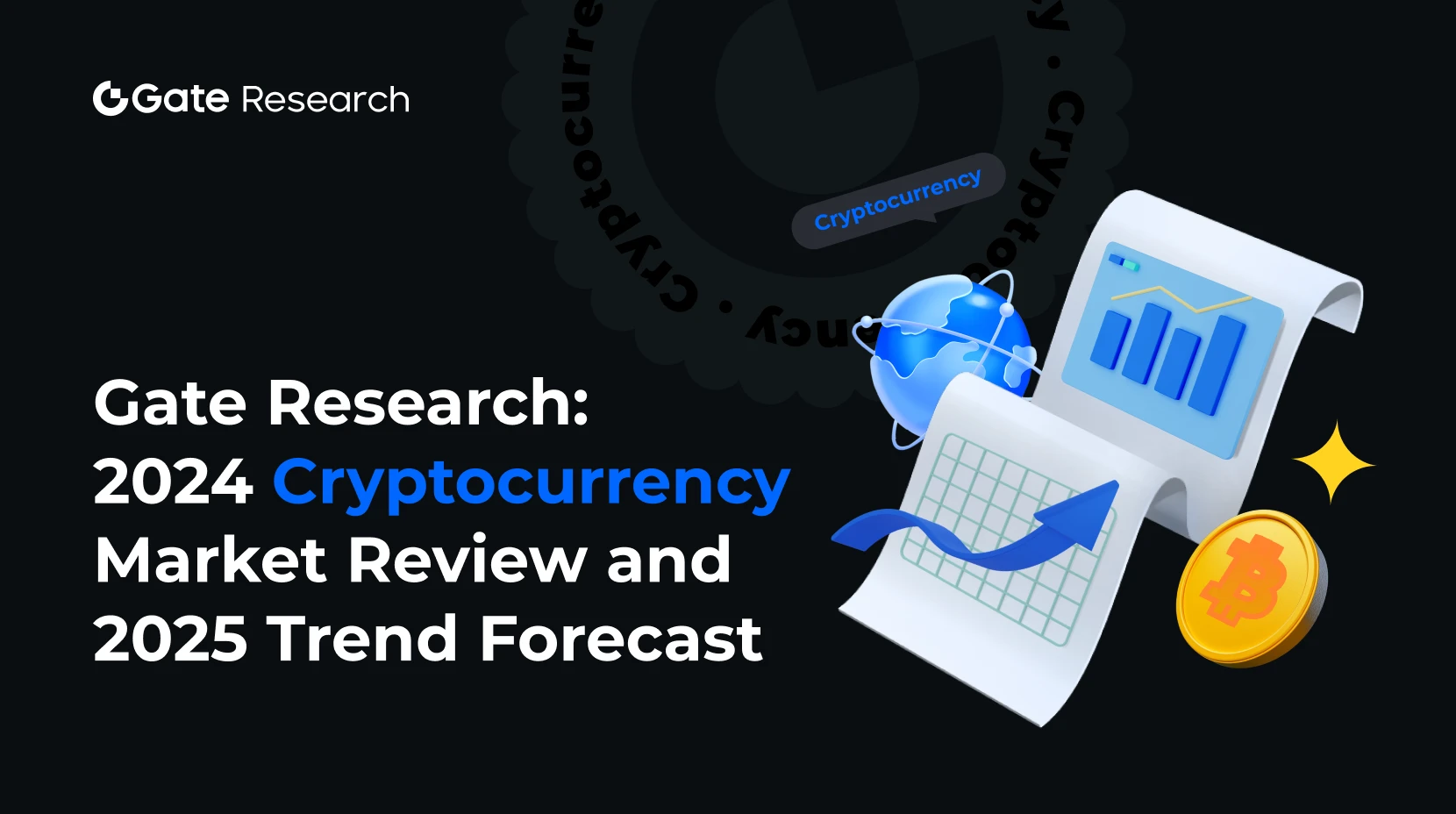Commingling

Commingling refers to the practice where cryptocurrency exchanges or custodians manage different customers' assets within the same account. This approach stands in stark contrast to the strict segregation of client assets practiced by traditional financial institutions. In a commingled custody model, while the exchange or custodian tracks ownership for each client in their internal ledgers, these assets are not directly controlled by customers on the blockchain but are instead held in centralized wallets controlled by the exchange or custodian. This practice was once quite common in the cryptocurrency industry, especially during the early development stages of exchanges.
Commingling has had a profound impact on cryptocurrency markets. First, it significantly improves operational efficiency for exchanges and reduces on-chain transaction fees, as transactions between users can occur on the exchange's internal ledger without requiring blockchain confirmation each time. This efficiency enhancement has attracted substantial user activity and liquidity to centralized exchanges. Second, the commingling model enables exchanges to offer faster trading experiences since user assets are pre-deposited on the platform and available for immediate transaction execution. This convenience has been a critical factor in how centralized exchanges came to dominate early cryptocurrency trading markets. However, this model has also led to the concentration of market risk, as large exchanges utilizing commingling effectively become systemic risk points for the industry.
The primary risk associated with commingling is custody risk, embodied in the principle "not your keys, not your coins." Customers essentially surrender direct control over their assets, becoming entirely dependent on the exchange's integrity and security measures. Historically, the collapse of exchanges like FTX and Mt. Gox exemplifies this risk, where customer assets were misappropriated, mismanaged, or compromised by hackers, resulting in massive losses. Regulatory risks are equally noteworthy, as many countries are beginning to require exchanges to implement more stringent client asset segregation measures, presenting compliance challenges for the commingling model. Additionally, commingling suffers from transparency deficiencies, making it difficult for customers to verify whether exchanges truly hold sufficient assets to cover all user balances.
Looking ahead, the commingling model is undergoing significant transformation. The industry is moving toward more transparent and secure custody solutions, including the introduction of regular Proof of Reserves and Proof of Liabilities mechanisms to enhance transparency and trust. More exchanges are adopting segregated custody models, offering more secure asset management through multi-signature wallets or custodial partnerships. Simultaneously, the rise of decentralized exchanges (DEXs) provides users with options to trade without relinquishing control over their assets. The evolution of regulatory frameworks will also compel centralized exchanges to adopt stricter client asset protection measures, potentially leading to the gradual obsolescence of commingling in its traditional form.
The significance of the commingling issue lies in its intersection with the core value proposition of cryptocurrencies—financial autonomy. While commingling offers efficiency advantages, it contradicts the fundamental design intent of blockchain technology: giving users complete control over their assets. The mature development of the industry requires finding a better balance between trading convenience and asset security. As industry experience accumulates and technology advances, a new generation of custody solutions is emerging that promises to maintain the convenience of centralized services while providing stronger asset security guarantees.
Share
Related Articles

Gate Research: 2024 Cryptocurrency Market Review and 2025 Trend Forecast

False Chrome Extension Stealing Analysis
